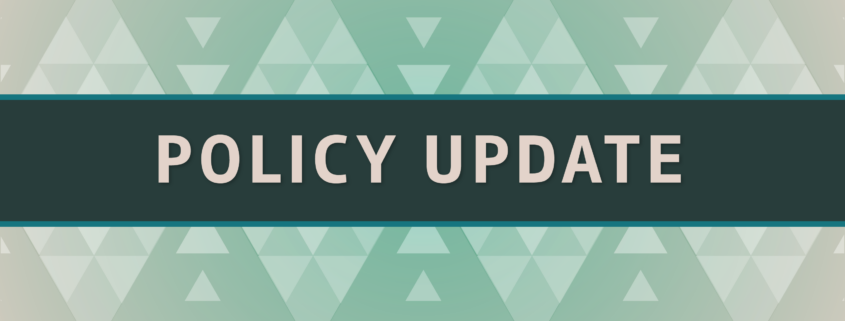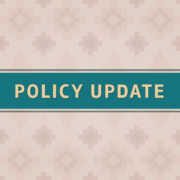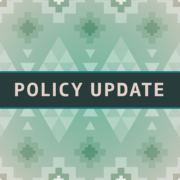NCUIH Urges HHS to Collaborate with Urban Indian Organizations and Tribes on Syphilis and Congenital Syphilis Education, Stigma Reduction, and Data Sharing
On September 4, 2024, the National Council of Urban Indian Health (NCUIH) submitted written comments to the U.S. Department of Health and Human Services (HHS) Assistant Secretary for Health, Admiral Rachel L. Levine, in response to the HHS Office of the Assistant Secretary for Health (OASH) July 2, 2024, Dear Tribal Leader Letter (DTLL). In its comments, NCUIH requested that HHS and the National Syphilis and Congenital Syphilis Syndemic Federal Task Force (Task Force) partner with urban Indian organization (UIOs) to reduce stigma and increase education on syphilis and congenital syphilis and facilitate dissemination of timely data on syphilis and congenital syphilis to Tribes and UIOs.
Background
Disproportionate Impact of Syphilis on American Indian and Alaska Native Communities
The rates of primary and secondary syphilis have risen every year since 2001. Congenital syphilis rates have also risen. Racial and ethnic minorities, including American Indian and Alaska Native people, have been disproportionately affected by the surge of cases. According to the Centers for Disease Control and Prevention’s National Center for HIV, Viral Hepatitis, STD, and TB Prevention, American Indian and Alaska Native people experience the greatest relative disparity in primary and secondary syphilis cases, representing “2.8% of reported P&S syphilis cases . . . despite being 0.7% of the US population, or a burden 4.0 times what would be expected based on their proportion of the population.” American Indian and Alaska Native mothers also experienced the greatest relative disparity in congenital syphilis cases, representing “4.6% of reported congenital syphilis cases . . . despite being 0.7% of live births, or a burden 6.6 times what would be expected based on their proportion of live births.”
HHS Task Force: A Collaborative Response to Rising Syphilis Cases
HHS established the Task Force as part of the agency’s commitment to addressing these escalating cases. The Task Force is a cross-agency collaborative effort, with participants from HHS agencies and offices, including the Indian Health Service (IHS), as well as the Department of Agriculture, Department of Justice, Department of Veterans Affairs, and the White House, including both the Office of National Drug Control Policy and the Office of National AIDS Policy.
The Task Force identified 14 priority jurisdictions that account for nearly 75 percent of congenital syphilis cases and over 55 percent of primary and secondary syphilis cases nationwide to focus on targeted interventions. Additionally, these 14 priority jurisdictions represent over 65 percent of primary and secondary syphilis and over 70 percent of congenital syphilis cases among individuals that identify as American Indian and Alaska Native. 21 UIOs serve American Indian and Alaska Native patients in 8 of the 14 priority jurisdictions.
NCUIH’s Requests
In its comments, NCUIH recommended:
- HHS and the Task Force must work with UIOs as part of their strategy to reduce the cases of syphilis and congenital syphilis in American Indian and Alaska Native communities
- HHS and the Task Force should Host Urban Confers or UIO listening sessions and continue to seek Tribal feedback
- HHS and the Task Force should partner with UIOs to reduce stigma and increase education on syphilis and congenital syphilis
- HHS and the Task Force should facilitate dissemination of timely data on syphilis and congenital syphilis to Tribes and UIOs
NCUIH will continue to monitor as OASH addresses the syphilis and congenital syndemic impacting American Indian and Alaska Native people.







